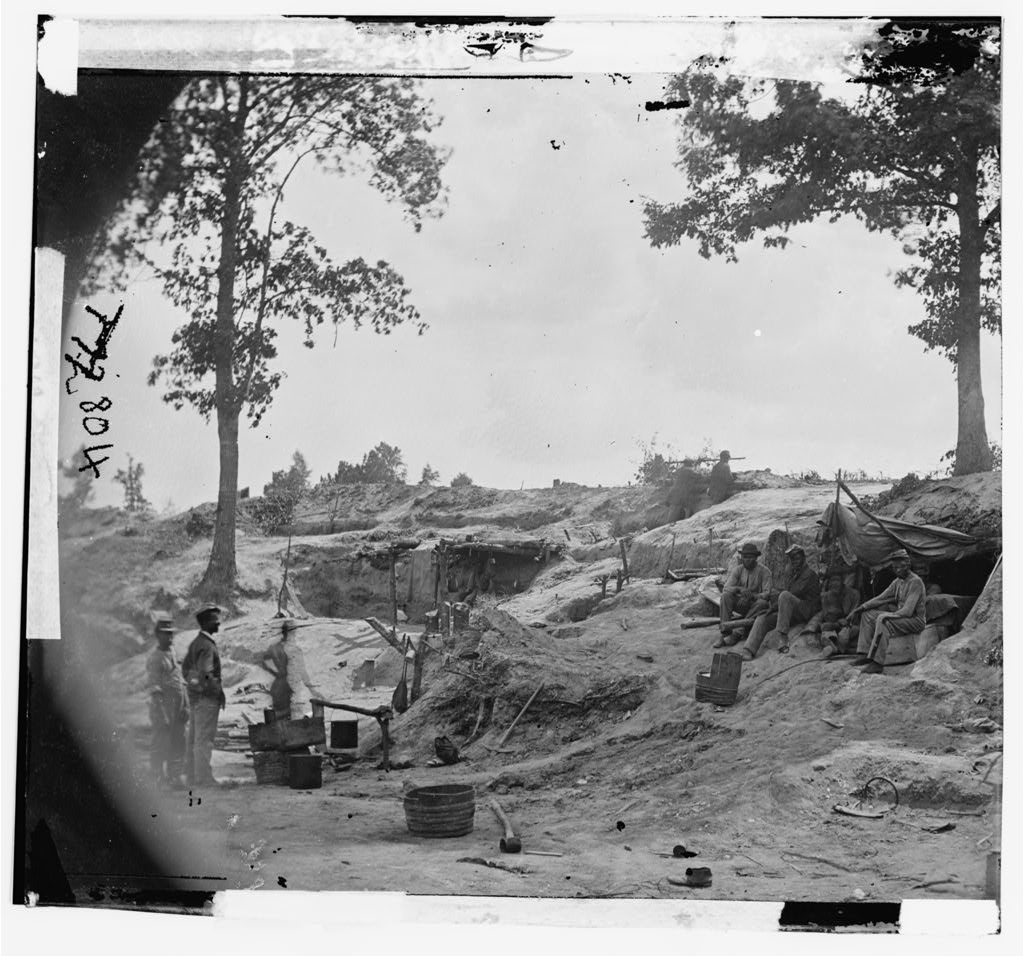The next man our group will be looking at is a vet. For too long, the Howard County historical community and beyond has been content to label Nicholas Snowden as simply a Black man lynched for allegedly assaulting a Black girl named Alberta, according to the newspapers of the time. Some recent comments in the community have included something along the lines of “Well, he did something to a young girl, so what’s there left to say?”
The HCLTR group challenges you to view him with more information. Nicholas Snowden was a veteran of the Civil War. Nicholas had also been enslaved by James Walters, who released Nicholas from his enslavement on the condition that Nicholas fight in some man’s place in the Civil War as a substitute. He was 19. It was a one-sided written agreement which would entitle his enslaver to receive financial compensation for Nicholas’ labor in the military. The payment Nicholas would receive would be his freedom. We’ll never know whether Nicholas agreed to the terms, since his signature wasn’t called for on the paper Walters signed on June 14, 1864. Keep in mind that this was more than a year AFTER Lincoln’s Emancipation Proclamation went into effect which didn’t apply to the enslaved in Maryland. This would have been one way for Nicholas to obtain his freedom besides running away from his enslaver.

Nineteen year old Nicholas is believed to have been a part of Company B of the 30th regiment of the U.S. Colored Troops Infantry, enlisting on June 15, 1864. Nicholas was a wounded veteran. We know this because he was reported in his service files to have been wounded “before Petersburg”, and that he was sent to the hospital on July 30, 1864.

We don’t know what his wounds were (yet). We assume they were physical, but it’s conceivable that there could have been more. Post-Traumatic Stress Disorder (PTSD) wasn’t acknowledged in the 1860s. Did the Civil War and the wounds he received have an effect on his life? Though we have not yet found evidence that Nicholas was viewed in 1885 through the lens of him being a war vet, our group WILL be with compassion.
According to Louis Diggs, it is possible that members of the 30th were depicted in the photo below. Taken on August 4, 1864, we don’t yet know if Nicholas may have possibly returned to battle after being hospitalized in July, and therefore was in this scene (depicted or not). It does provide a great visual for an aspect of the war that helped to shape the country.

For more on Louis Diggs and his work in this area, you can read more by clicking the link. Interestingly, another vet from Ellicott’s Mills is mentioned as having been captured and died. Riley Pitts was reported to have been “owned” by Edward Pitts. He was a Prisoner of War, sent by Confederates to Salisbury NC on November 24, 1864 AFTER the state’s new Constitution banning slavery in Maryland. He died in January 1865, never getting to experience freedom.
https://slavesincivilwar.blogspot.com/
Marlena Jareaux

